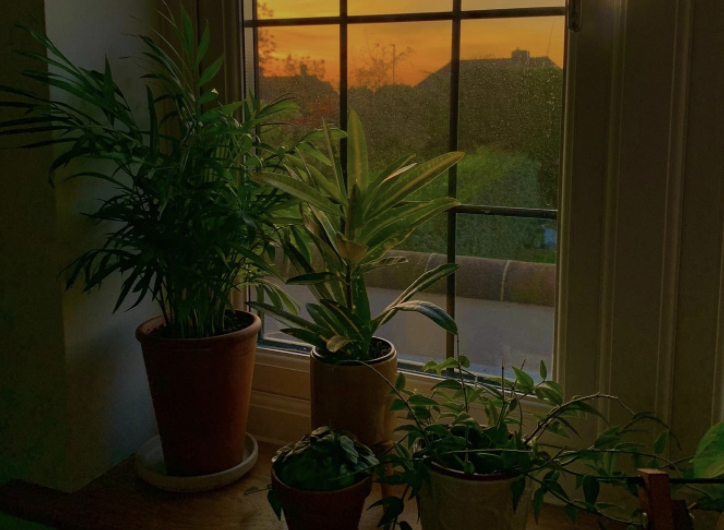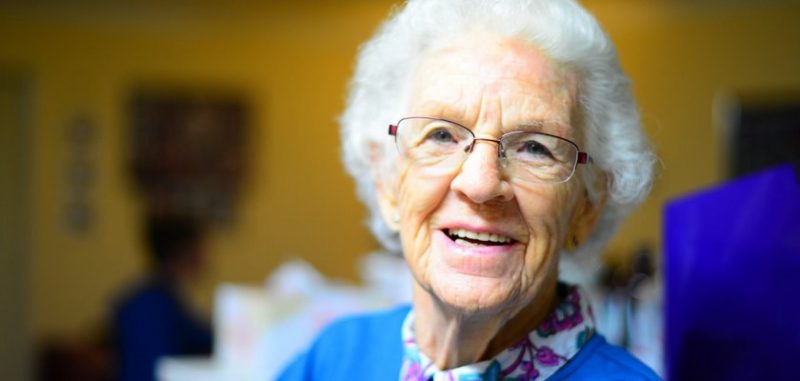Sophie McMahon, Comment Print Editor
Being stuck inside for the last year and a half has seen a lot of us become plant parents, including myself.
When I got my first houseplant last summer, just after the first UK lockdown restrictions had eased, I didn’t know that a year later I would end up with an indoor garden. Nor that I would rely on them so much during what universally has probably been the toughest period of most of our lives.
Indoor gardening can be dated back to the Romans, Egyptians, and Greeks, when terracotta or marble pots were used to display roses and violets throughout large estates. Whilst for a lot of history, they have been symbols of wealth, the advent of heated homes with more natural light during the Industrial Revolution meant that houseplants became accessible to the middle class.
After World War Two, with the development of modern offices, houseplants became more mainstream, being used to decorate large open sterile spaces. Today, with the Instagram and Tik Tok trend ‘cottagecore’ appearing during the COVID-19 pandemic, the indoor plant market has seen a major boom. This aesthetic romanticises cosiness and is all about celebrating a slow and simple lifestyle, which most of us experienced during the lockdowns. As most garden centres and DIY stores remained open amid other restrictions, it was easy for people to follow this trend and adopt some greenery into their homes.
Beyond their aesthetic benefit, I have found that caring for my plants and watching them grow this summer and last, was a reminder that I was achieving something every day- even if this was just keeping them alive. There have been some deaths, some questionable plant choices and some unsuccessful propagations but tending to my green friends has become a hobby that really helps me relax.
In fact, research carried out byby the American Society for Horticultural Science has shown that greening up our spaces can help to lower anxiety. In their study, office workers’ psychological and physiological stress levels were significantly reduced, just by placing a small indoor plant on their desk.
Further research published in the Urban Forestry & Urban Greening journal found that 74% of the 4,000 participants in their survey mentioned vegetation in their home as boosting their emotional wellbeing during the pandemic.
As we return to ‘normal’ life and the hustle and bustle of our new everyday life, I sometimes crave the slow and mundane evenings that lockdown brought. I miss watching my plants intensely for new leaves or overwatering in a desperate attempt to make them grow faster. Without their wanted distraction, I think the stress of online lessons and the loneliness of the pandemic may have become overwhelming.
Whilst my plants keep growing, it is a reminder that I need to keep going.





